
17 Clever Ways to Hide Your Cat's Litter Box
There are several solutions to hide a litter box. By making a DIY litter box enclosure, y...
If you have a pregnant cat (queen), and it looks like she is ready to birth her kittens (queening), chances are that you will not need to do anything to help her give birth except encourage her. You may even wake one morning to discover that your cat has given birth during the night and is comfortably nursing her kittens.
Although nature has a way of taking care of itself, you should know how to spot potential problems while your cat is in labor and what you might need to do to help.
The duration of a cat pregnancy is roughly 65 days, give or take five days. If you are not so sure how far along your cat is, review the telltale signs that birth is imminent.
A day or two before labor, your cat will seek out a quiet and safe place to have her kittens. She may choose a spot you make for her or look to hide out in the back of a closet or under a bed.
You may notice your cat will begin restless pacing, panting, excessive grooming (especially in the area of her genitals), and excessive vocalization. She will also stop eating.
Your cat's rectal body temperature may drop below 99 degrees Fahrenheit and she may vomit. You might see the abdomen "drop" a few days before labor, and the cat's nipples might get larger, darker, or pinker.
Contractions—the uterine movements that move the kitten down the birth canal—may make your cat yowl through the pain. You may also see a discharge of blood or other fluids.
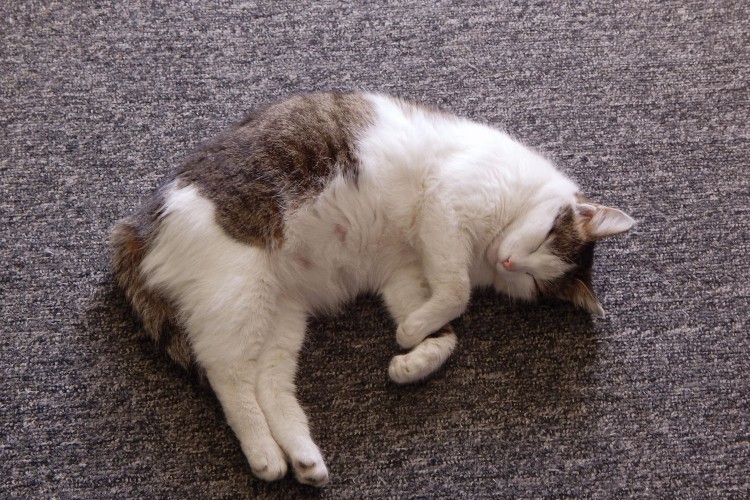
Your cat might want to hide to give birth. However, you can prepare a birthing area, such as a cardboard box or laundry basket lined with towels or blankets. If the cat uses this spot, it will be easier for you to observe and attend to the birth.
The trigger for the birth process is unknown, but factors include the size and weight of the uterus, size and weight of the fetuses, and the hormonal balances of the fetuses and the queen.
During the birth process, rhythmical uterine contractions gradually increase to push the fetus out of the uterus and into the birth canal.
The birth of one kitten can take anywhere from 5 to 30 minutes. The kittens are born within their amniotic sacs, which the mother cat will remove. She will stimulate the kittens to breathe by washing them with her rough tongue. She will also sever the umbilical cord by chewing on it approximately one inch from the kitten's body. She may also eat the placenta. The kittens will immediately gravitate toward a nipple, latch on, and nurse.
If the mother cat ignores the kitten and it is still in its sac, you will need to carefully cut or tear the membrane pouch and stimulate the kitten's breathing by rubbing its nose and mouth gently with a rough, dry towel. If the mother cat has difficulty biting off the umbilical cord, tightly knot dental floss around the umbilical cord 1 inch from the kitten's body and cut the umbilical cord on the mother's side of the tie.
If a placenta does not come out with each of the kittens, make sure it expels within 24 hours after birth. Each kitten should have one placenta. It is a good idea to count the placentas. If the placenta remains in the cat, you will need to see a veterinarian.
About 30 to 60 minutes may pass between births, but more prolonged periods are not uncommon. If there is a delay of over 4-6 hours and you are sure there are remaining kittens, the mother cat needs examination by a veterinarian. Whether the birth went smoothly or not, the mother cat and kittens should be examined by your veterinarian within 24 hours of birthing.
It takes, on average, half a day for a mother cat to give birth to all her kittens. The first kitten should arrive within an hour of the start of active labor.
In between kittens, the mother cat will rest and should be allowed to nurse and clean the kittens that were born. If you have been keeping the kittens in another box, move them back with the mother cat and help them find a nipple. A break in birthing is a good time for you to offer her food, kitten milk replacement, or plain, unflavored yogurt.
Fortunately, most queens can deliver their kittens without human intervention. However, some complications may occur.
Once all the kittens are born, your queen should be caring for and feeding them. During nursing, your cat's caloric needs will increase greatly. Make sure she has ample kitten formula food. A high-quality kitten formula will meet your cat's high-energy nutritional needs.
If your cat is not nursing or eating, seems to be in pain or is lethargic, something is not right. Also, a foul odor along with frequent bleeding indicates an infection or retained kitten. If this is happening to your cat, seek immediate veterinary care.
Feline labor takes from two to six hours.
The mama cat can get spayed once her kittens have weaned themselves, when they are five to six weeks old.
Give your cat a safe and warm place to give birth. Create a nest in a box full of warm blankets and towels that are washable. Place her food, water, and litter nearby.

There are several solutions to hide a litter box. By making a DIY litter box enclosure, y...
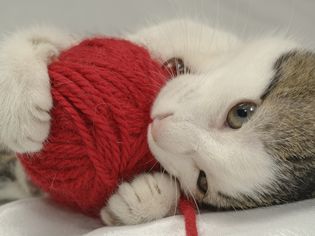
Although not all cats have the urge to suck on soft fabrics, such as wool, it can become ...

Cat humping isn't uncommon, even for neutered male cats. They'll hump other cats...

Most cat experts recommend premium brands of cat food that avoid ingredients like meat by...
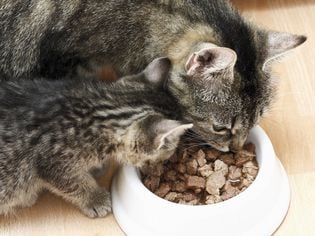
As a general rule, the order of ingredients is just as important as the kind of ingredien...
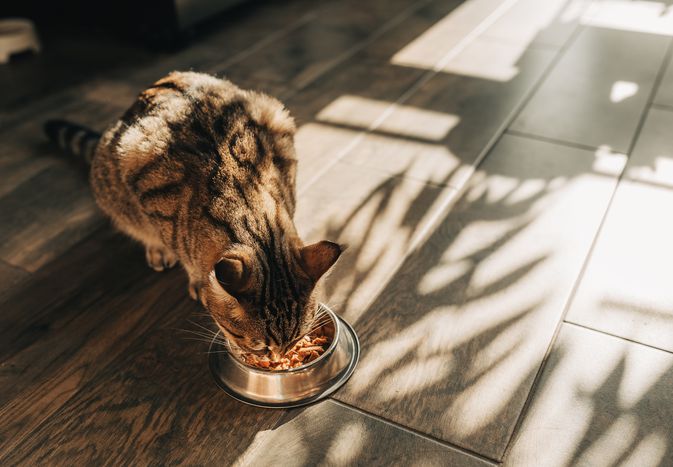
Sweet potatoes are a popular staple veggie in many households, especially during the fall...
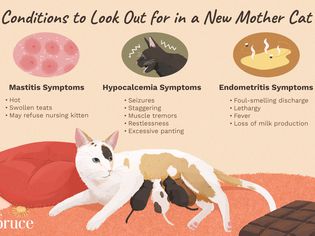
Postnatal care of a mother cat and her newborn kittens is crucial after she has given bir...
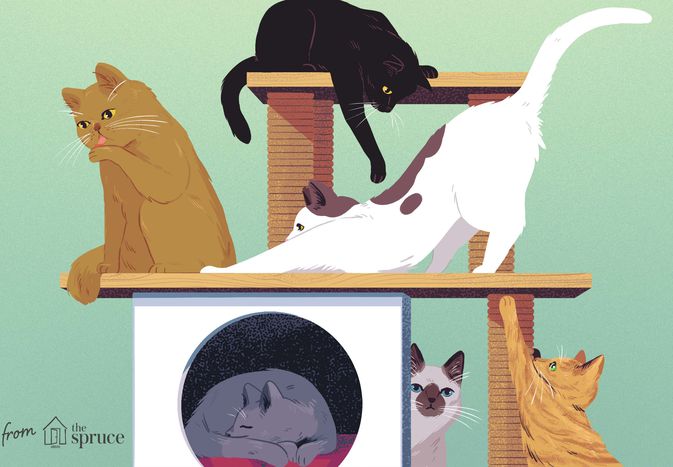
Knowing how to tell if a cat is a boy or a girl isn't always as apparent as you'd...

A number of common garden plants are actually toxic to cats. it's important to be sa...
Comments on "How to Help a Pregnant Cat Give Birth" :